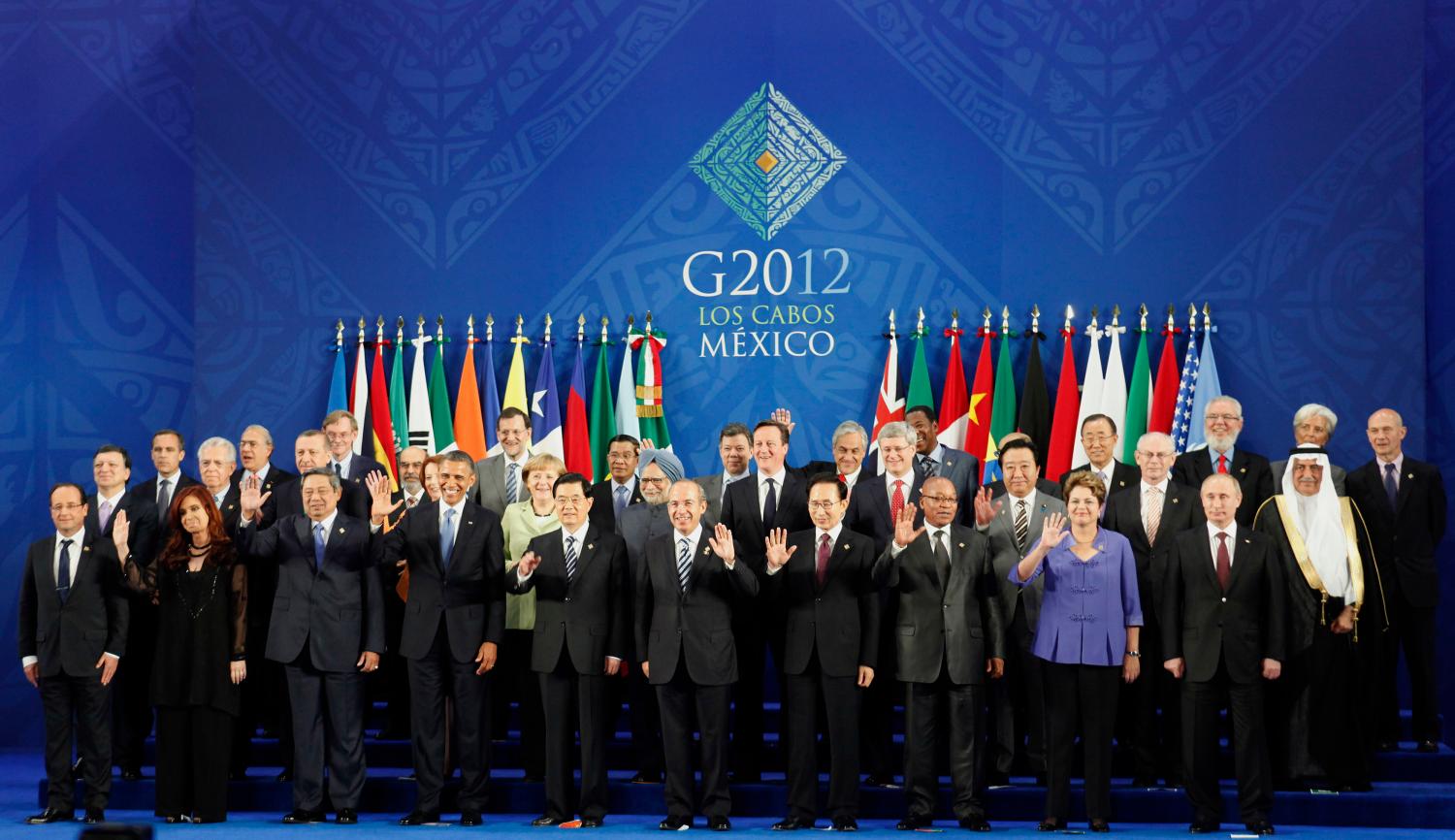INTRODUCTION
These are important times for how the world manages the annual flow of around $200 billion in development cooperation assistance to developing countries. A number of changes in global international development cooperation are in the offing: within a one month span, development issues will be taken up by the G-20 at the Leaders’ Summit at Los Cabos, by the United Nations at its Rio+20 Summit, and by Jim Kim upon taking over as the first ever development professional to become president of the World Bank. The key issues on the table are implementation of the Millennium Development Goals, building consensus on a new set of post-2015 Sustainable Development Goals, implementing a New Deal on fragile states, and closer integration of environmental, security, trade, investment and development agendas.
There is now an opportunity to establish a new paradigm and governance structure for coordinating the many state and non-state actors engaged in development cooperation. A new Global Partnership for Effective Development Cooperation is taking shape, backstopped by the Development Assistance Committee (DAC) of the Organization for Economic Cooperation and Development (OECD) and the United Nations Development Program (UNDP). Establishing this partnership was one of the key outcomes of the Busan High Level Forum on Aid Effectiveness held in December 2011.
On June 28-29, 2012, the Working Party on Aid Effectiveness, a DAC-supported international partnership for aid effectiveness, will hold a plenary meeting in Paris which should conclude with three consequential outcomes: (i) it will bring into being a new Global Partnership for Effective Development Cooperation with a governance structure that truly reflects the multi-stakeholder nature of development today; (ii) it will dissolve itself, marking one of the first times that a multilateral structure is actually replaced by a more suitable mechanism; and (iii) it will adopt a set of indicators for monitoring global progress towards more effective development cooperation.
Already, the outlines of the new partnership are becoming clear, thanks to a transparent process of meetings and dialogue. There is much to be encouraged about, but as with most efforts for institutional change, the devil is in the details. At first glance, while the Global Partnership promises to deliver substantial and significant improvements in governance, its proposed new monitoring indicators are still rooted in the past and do not reflect the new style of development cooperation that is expected in the next decade. This policy paper explores the approach to building indicators and suggests improvements to ensure better development cooperation.




